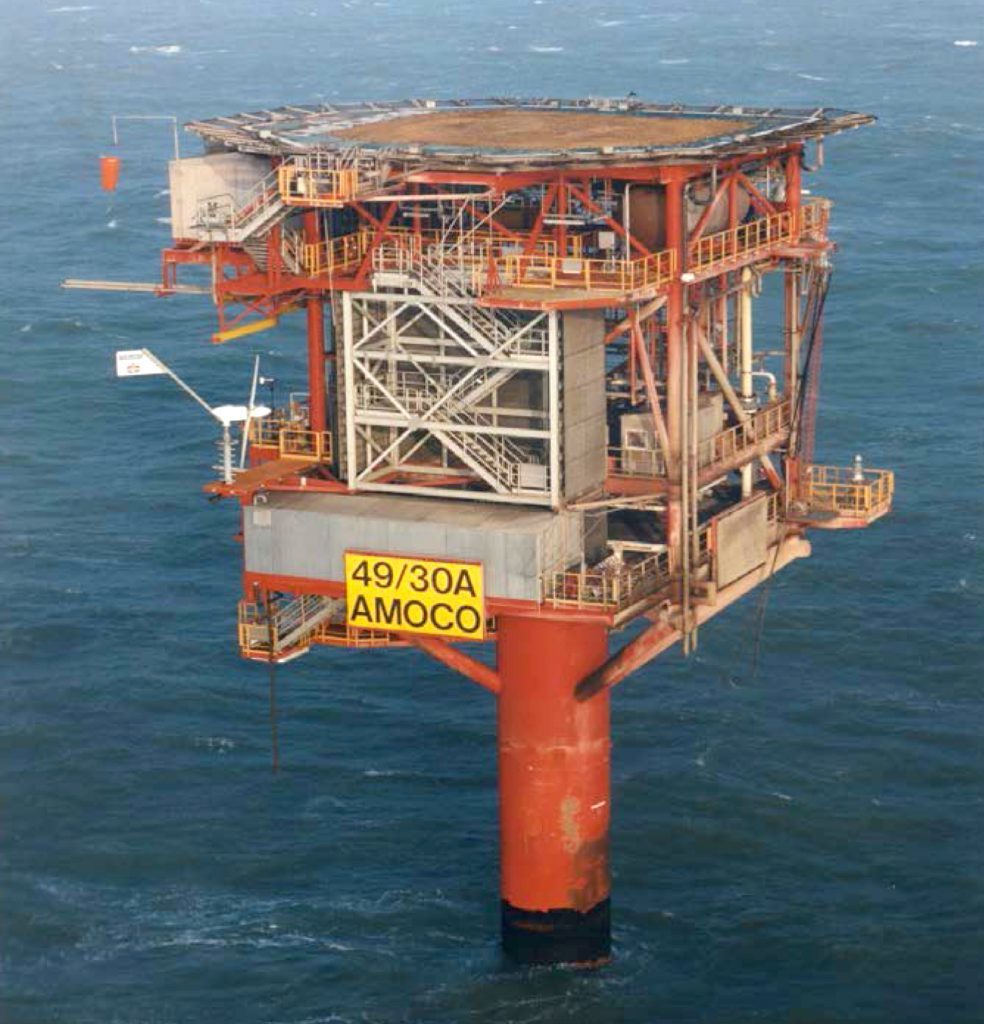
A North Sea operator has been reprimanded by watchdogs over the set-up of two offshore platforms.
Oil workers responding to what was assumed to be a false gas alarm on the Davy installation found themselves trapped by a “highly flammable” hydrocarbon release capable of killing everyone onboard earlier this year.
The ten crew members were left stranded on board the normally unmanned platform unable to seek shelter in the safety refuges due to the cloud of un-ignited gas “compromising” escape routes off the platform.
The Health and Safety Executive (HSE) said the Davy platform’s sister platform the Bessemer has also now been included in warnings to the operator over similar situations arising again.
The HSE inspector who carried out the review into the leak on the Davy, which happened in June, said the “near identical” design of the Bessemer made it subject to the same issues.
The inspector said the arrangements and equipment provided for emergency response on the platforms “did not provide sufficient protection for personnel on the installation during a foreseeable major incident”.
“Equally it is my opinion that, whilst there remains a risk of the release of hydrocarbon gas from plant on or connected to the Davy installation, those arrangements and equipment would not be effective in the event of any further hydrocarbon gas leak from a similar location, if and when personnel are deployed to the installation in the future,” the inspector added.
The workers had responding to a gas alarm on the in the Southern North Sea which is said to have been going off for four days prior to their arrival.
After being dropped off by a helicopter, which then departed, the found themselves in serious danger and unable to reach suitable safety gear.
A power outage then left them only able to communicate using a hand held radio, while the installation manager was left unable to view fire detection systems on the production deck.
As well as exposing them to “serious” risk of asphyxiation there was also the possibility of a “fire or explosion”, according to safety watchdogs.
Helicopters are normally warned to stay away from potential hydrocarbon releases as engines can trigger fires and explosions.
Unions branded the situation a disgrace.
The crew had to wait in a unprotected area on the tiny platform, which is only the diameter of a helicopter landing pad until the gas cloud dissipated and a helicopter could return to rescue them.
Due to the layout of the platform and the position of the gas cloud they were separated from emergency lifesaving gear, such as life jackets and escape equipment throughout their ordeal.
The Health and Safety Executive released a scathing investigation report and prohibition notice into the incident.
The inspector who ran the probe said: “The location of the gas release – and its associated gas cloud – compromised the designated escape route for all personnel to the temporary refuge and the primary muster point on the installation’s cellar deck, leaving them no option but to muster in an unprotected area below the helideck.
“The flammable gas release, and the potential for its ignition, meant that the preferred means of evacuation from the installation – by helicopter from the helideck – was too dangerous to be used.
“The same compromised route to the cellar deck prevented access by the crew to the installation’s designated means of escape to sea – the Selantic Chute and its associated life-raft – and to any of the crew’s personal protective equipment – personal descent devices, life jackets and abandonment suits, – required to secure a good prospect of survival having escaped to sea.”
The Offshore Installation Manager (OIM) started the emergency shutdown of the platform when the leak was noticed.
But a loss of electrical power to a fire and gas systems panel meant he lost any oversight of the status of the plant and the associated gas, heat and smoke detection elements on the production deck.
The same power loss also stopped the platform from using radios, telephone and microwave links to talk with the neighboring control room.
The HSE inspector added: “This prevented the clear and accurate communication with external agencies necessary for the OIM to coordinate an effective emergency response.
“These finding lead me to the opinion that the arrangements and equipment provided for emergency response on the installation as described in the installations emergency response plan did not provide sufficient protection for personnel on the installation during a foreseeable major incident.”
A spokesman platform operator Perenco said: “The correct response procedures were followed, which included an emergency shutdown of the platform and notifying The Health & Safety Executive.
“There were no injuries to personnel or damage to equipment.
“Throughout the incident, the crew was supported by a safety standby vessel.
“An investigation into the cause of the release was subsequently launched and is ongoing.”
Recommended for you
